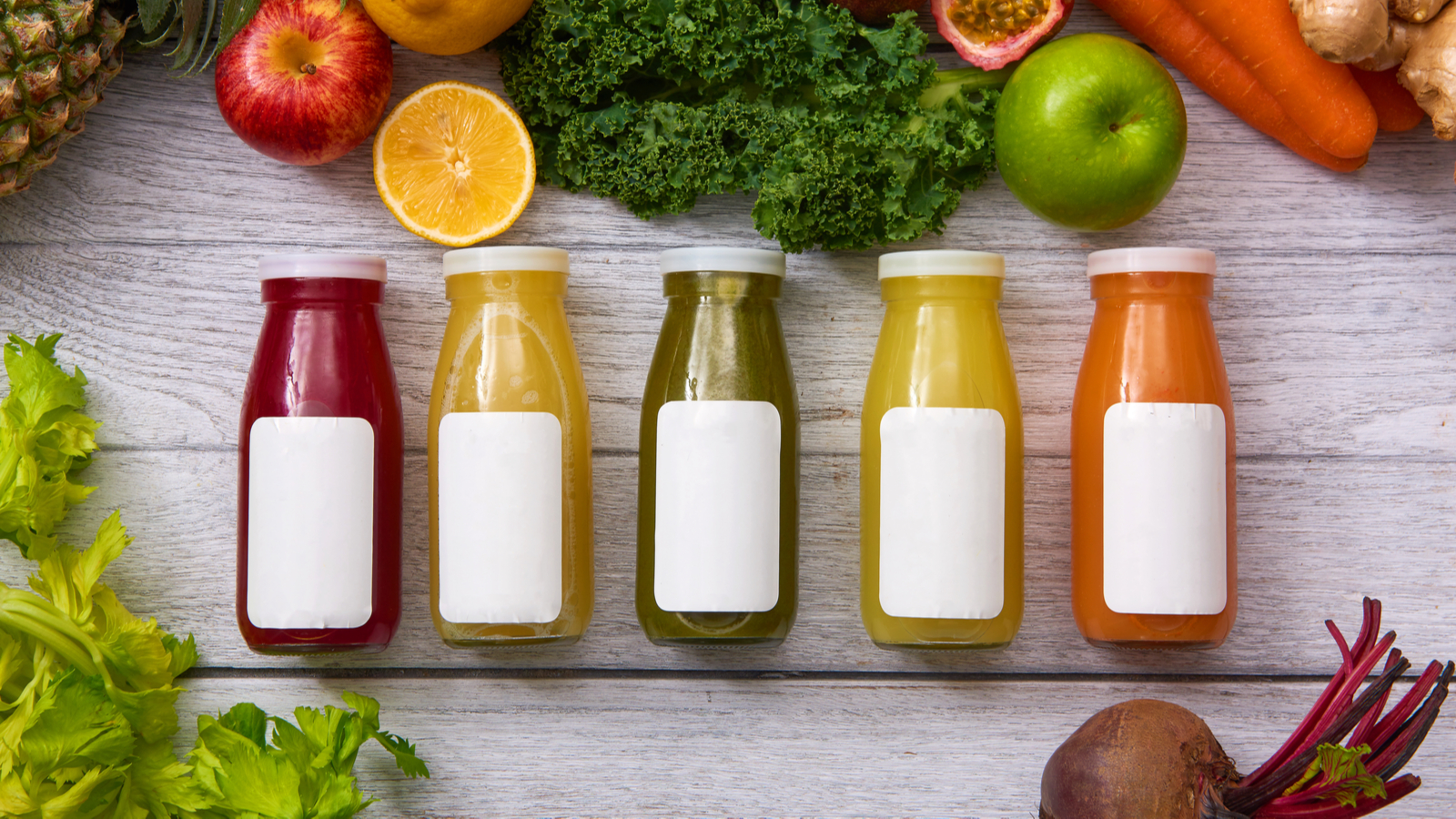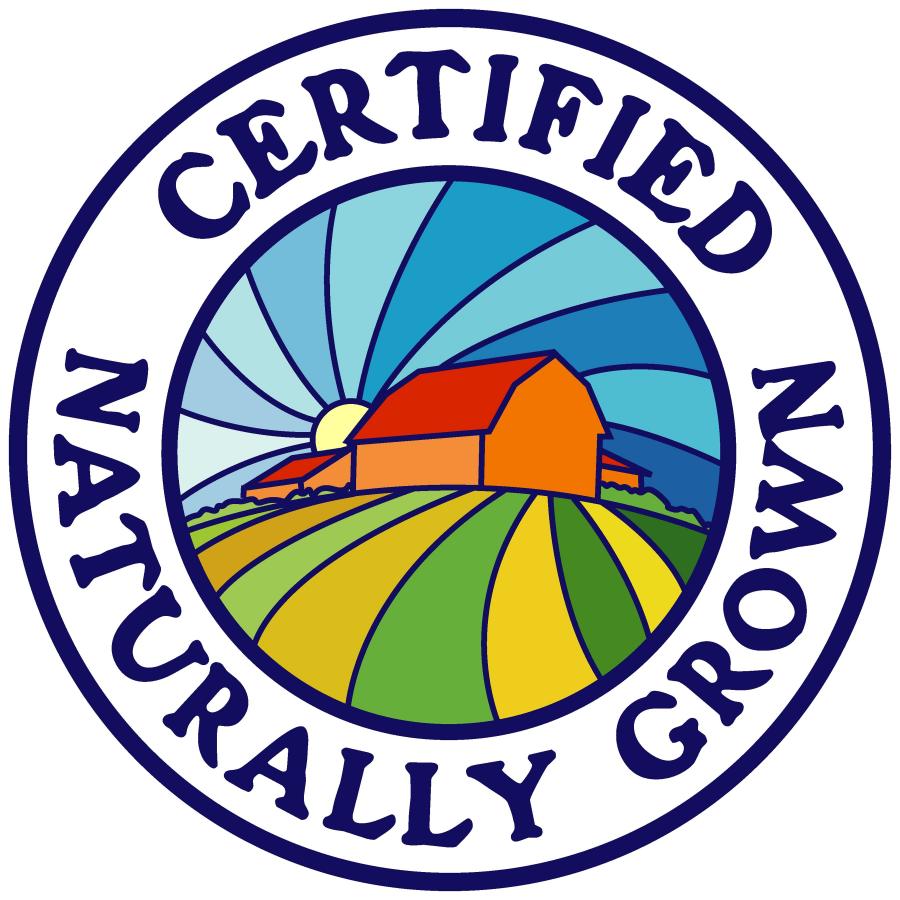

Certified Naturally Grown - Produce

Purpose
Certified Naturally Grown (CNG) offers peer-review certification to farmers and beekeepers producing food for their local communities by working in harmony with nature, without relying on synthetic chemicals or GMOs.
Applied Standards
To be sold or labeled as "Certified Naturally Grown," the produce must be produced and handled without the use of: Synthetic substances and ingredients, except as provided in 205.601; Nonsynthetic substances prohibited in 205.602; Ionizing radiation, as described in Food and Drug Administration regulation, 21 CFR 179.26; and Sewage sludge. Any field or farm parcel from which harvested crops are intended to be sold, labeled, or represented as 'Certified Naturally Grown' must: Have been managed in accordance with the provisions of 205.203 through 205.206. Have had no prohibited substances, as listed in 205.105, applied to it for a period of 3 years immediately preceding harvest of the crop; and Have distinct, defined boundaries and buffer zones such as runoff diversions to prevent the unintended application of a prohibited substance to the crop or contact with a prohibited substance applied to adjoining land that is not under CNG management. The producer must select and implement tillage and cultivation practices that maintain or improve the physical, chemical, and biological condition of soil and minimize soil erosion. The producer must manage crop nutrients and soil fertility through rotations, cover crops, and the application of plant and animal materials. The producer must manage plant and animal materials to maintain or improve soil organic matter content in a manner that does not contribute to contamination of crops, soil, or water by plant nutrients, pathogenic organisms, heavy metals, or residues of prohibited substances. Animal and plant materials include: Raw animal manure, which must be composted unless it is: Applied to land used for a crop not intended for human consumption; Incorporated into the soil not less than 120 days prior to the harvest of a product whose edible portion has direct contact with the soil surface or soil particles; or Incorporated into the soil not less than 90 days prior to the harvest of a product whose edible portion does not have direct contact with the soil surface or soil particles; Composted plant and animal materials produced though a process that established an initial C:N ratio of between 25:1 and 40:1; and maintained a temperature of between 131 F and 170 F for 3 days using an in-vessel or static aerated pile system; or maintained a temperature of between 131F and 170F for 15 days using a windrow composting system, during which period, the materials must be turned a minimum of five times. Uncomposted plant materials. A producer may manage crop nutrients and soil fertility to maintain or improve soil organic matter content in a manner that does not contribute to contamination of crops, soil, or water by plant nutrients, pathogenic organisms, heavy metals, or residues of prohibited substances by applying: A crop nutrient or soil amendment included on the National List of synthetic substances allowed for use in organic crop production; A mined substance of low solubility; A mined substance of high solubility, Provided, That, the substance is used in compliance with the conditions established on the National List of nonsynthetic materials prohibited for crop production; Ash obtained from the burning of a plant or animal material, except as prohibited in paragraph (e) of this section: Provided, That, the material burned has not been treated or combined with a prohibited substance or the ash is not included on the National List of nonsynthetic substances prohibited for use in organic crop production; and A plant or animal material that has been chemically altered by a manufacturing process: Provided, That, the material is included on the National List of synthetic substances allowed for use in organic crop production established in 205.601. The producer must not use: Any fertilizer or composted plant and animal material that contains a synthetic substance not included on the National List of synthetic substances allowed for use in organic
A crop nutrient or soil amendment included on the National List of synthetic substances allowed for use in organic crop production; A mined substance of low solubility; A mined substance of high solubility, Provided, That, the substance is used in compliance with the conditions established on the National List of nonsynthetic materials prohibited for crop production; Ash obtained from the burning of a plant or animal material, except as prohibited in paragraph (e) of this section: Provided, That, the material burned has not been treated or combined with a prohibited substance or the ash is not included on the National List of nonsynthetic substances prohibited for use in organic crop production; and A plant or animal material that has been chemically altered by a manufacturing process: Provided, That, the material is included on the National List of synthetic substances allowed for use in organic crop production established in 205.601. The producer must not use: Any fertilizer or composted plant and animal material that contains a synthetic substance not included on the National List of synthetic substances allowed for use in organic crop production; Sewage sludge (biosolids) as defined in 40 CRT Part 503; and Burning as a means of disposal for crop residues produced on the operation: Except, That, burning may be used to suppress the spread of disease or to stimulate seed germination.
